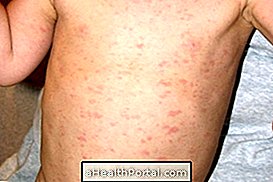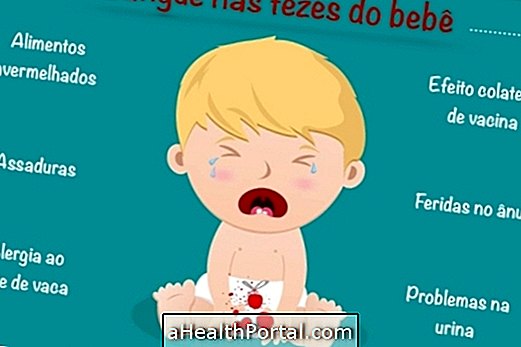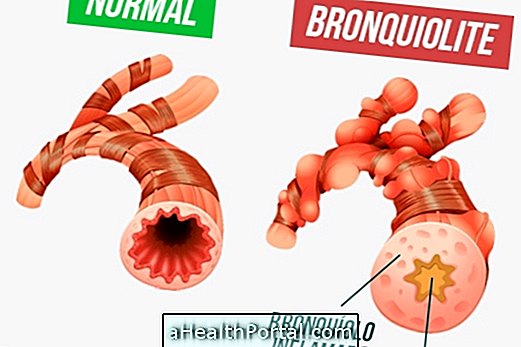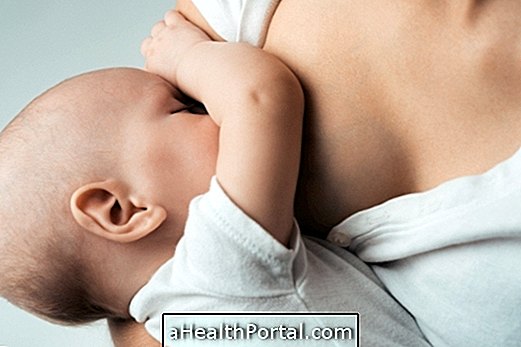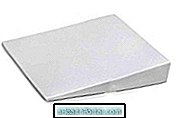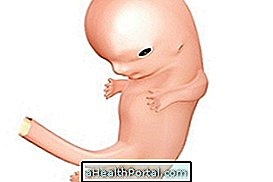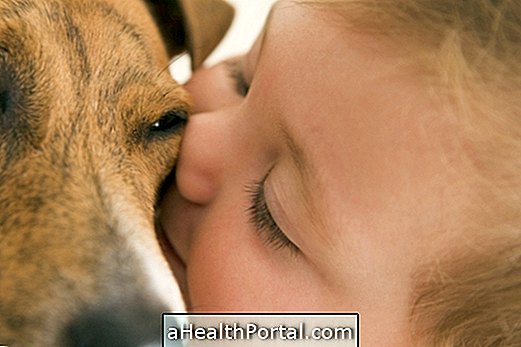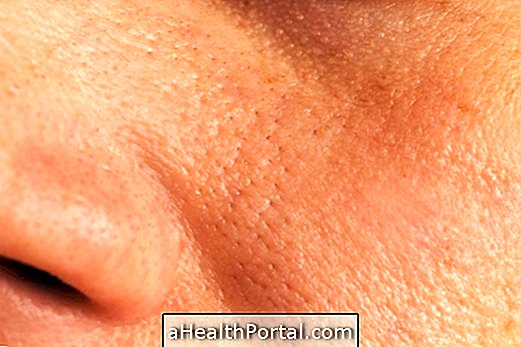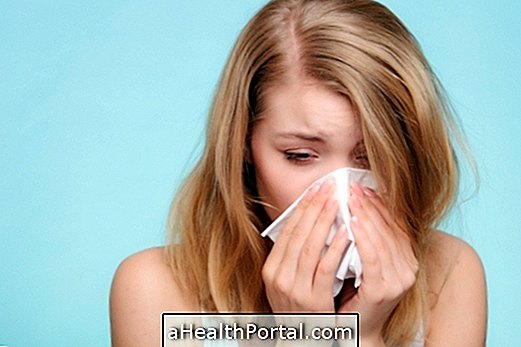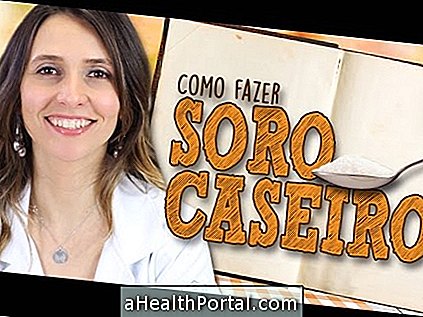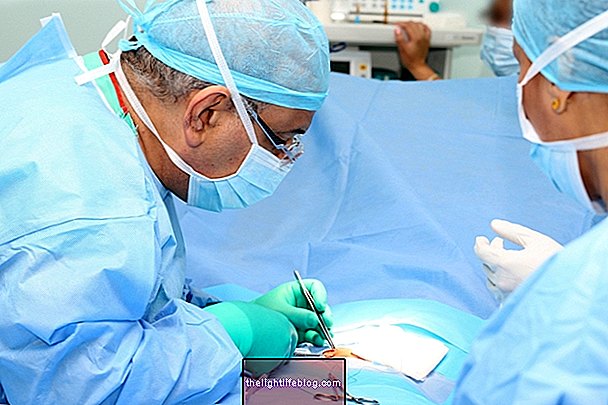The wheezing baby syndrome, also known as a wheezing infant, is characterized by episodes of wheezing and cough that frequently arise, usually caused by hyperreactivity of the newborn's lungs, which narrows in the presence of certain stimuli, such as a cold, allergy or reflux, for example.
Not always the presence of wheezing in the chest happens because of this syndrome, because it is only considered a wheezing baby who has:
- 3 or more episodes of wheezing, or wheezing, over 2 months; or
- Continuous chest chirp, lasting at least 1 month.
Cure of this syndrome usually occurs naturally around 2 to 3 years of age but, if symptoms do not disappear, the doctor should consider other diseases, such as asthma. The treatment of the crises is guided by the pediatrician, made with inhalatory medicines, like corticosteroids or bronchodilators.
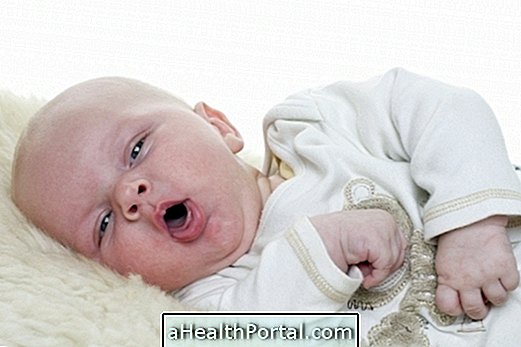
Main symptoms
Symptoms of the snoring baby syndrome include:
- Chills in the chest, known as wheezing or wheezing, which is a high-pitched sound that comes when the air exhales or releases;
- Stridor, which is a sound resulting from the air turbulence in the airways when breathing air;
- Cough, which can be dry or productive;
- Shortness of breath or tiredness;
If the lack of oxygen in the blood is persistent or intense, there may be purplishness of the extremities, such as fingers and lips, a condition known as cyanosis.
How is the treatment done?
To treat chiari syndrome, it is important to identify if there is any cause and eliminate it, such as taking care of the cold or allergy, as directed by your pediatrician.
In times of crisis, treatment is given with medications to reduce inflammation and hyperreactivity in the baby's airways during times of crisis, usually consisting of inhaled corticosteroids such as Budesonide, Beclomethasone, or Fluticasone, for example, corticoids in syrup, such as Prednisolone, and bronchodilator pumps, such as Salbutamol, Fenoterol or Salmeterol, for example.
In addition, it is important that preventive treatment of crises be avoided by avoiding cold infection by preferring to keep the child in ventilated areas without agglomerations, in addition to offering a balanced diet rich in vegetables, fruits, fish and grains and poor in sugar and processed foods.
Physiotherapy treatment
Respiratory physiotherapy, through techniques to remove pulmonary secretion or improve the capacity to expand or deflate the lungs, is very useful in the treatment of babies with this syndrome, since it reduces symptoms, the number of crises and can help improve the capacity respiratory.
It can be done weekly or whenever there is a crisis, with indication of the doctor or physiotherapist, and should be done by a professional who specializes in this area.

Causes of wheezing
The wheezy baby syndrome is usually caused by hyperreactivity and narrowing of the airways, usually caused by colds, caused by viruses such as respiratory syncytial virus, adenovirus, influenza or parainfluenza, eg allergies or reactions to food, although it may happen without an enlightened cause.
However other causes of wheezing in the chest should be considered, and some are:
- Reactions to environmental pollution, mainly cigarette smoke;
- Gastroesophageal reflux;
- Narrowing or malformations of the trachea, airways, or lungs;
- Defects in the vocal chords;
- Cysts, tumors or other types of compressions in the airways.
Thus, by detecting the symptoms of wheezing, the pediatrician can investigate their cause, through clinical evaluation and the request for exams such as X-ray of the chest, for example.
Besides the wheezing, another type of sound that indicates breathing problems in the baby is snoring, so it is important to identify the main causes and complications of this situation.
